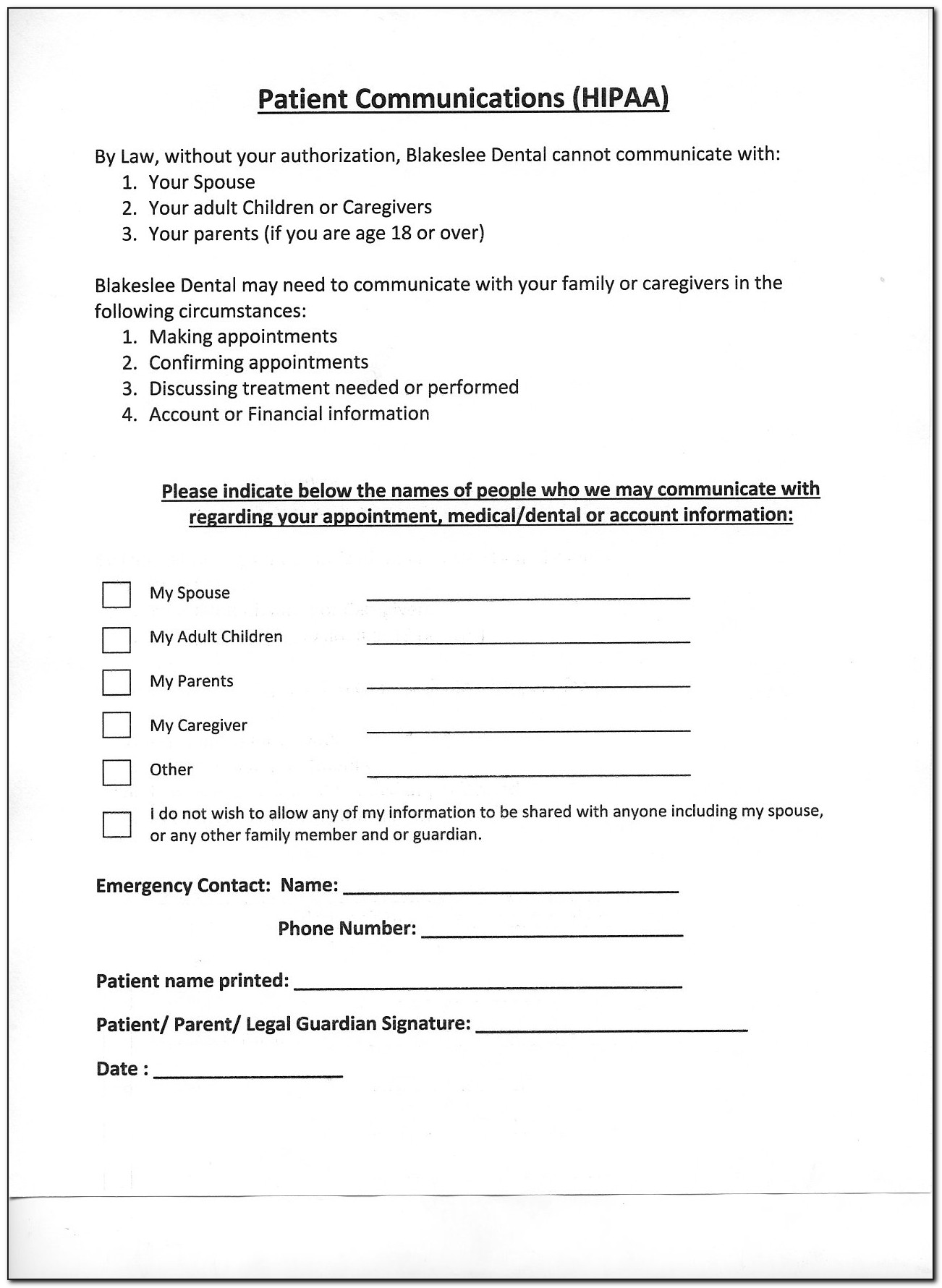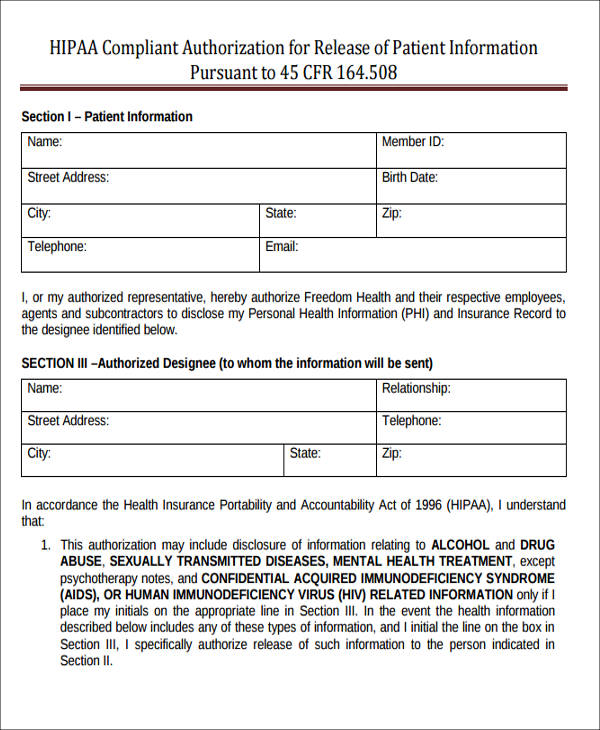

Last year, there were a number of cases where healthcare professionals accidentally shared the protected health information of patients on social media sites and deliberately posting images and videos containing personally identifiable data. In the published guidance, OCR will go over the use of text messages between physicians, healthcare groups, and the sending of messages to patients, along with the circumstances under which the use of text messages is forbidden under HIPAA Rules. In an interview with Information Security Media Group, McGraw outlined “There are a lot of questions whether covered entities can text with patients and whether employees within covered entities can text one another, or text covered entity to covered entity, covered entity to business associate, or covered entity to public health department.” McGraw has confirmed that in answering many of the questions, OCR will be issuing HIPAA guidance on text messaging later in 2017. OCR receives many queries from physicians and covered groups on the use of text messaging and HIPAA Rules. In late 2016, the Joint Commission partially removed the ban once again, saying the use of a secure text messaging platform was allowable for doctors when communicating with each other, although the use of text messages – regardless of whether a protected, HIPAA-compliant platform was implemented – remained prohibited. In 2016, the Joint Commission removed the ban on the use of text messages for orders, although within weeks of the announcement the ban was reestablished. OCR may be still trying to assess of the findings of the HIPAA compliance desk audits of healthcare groups and their business associates, but a swathe of new HIPAA guidance is set to be published in 2017. At HIMSS17, OCR’s Deven McGraw revealed some details regarding the HIPAA guidance OCR expects to publish during 2017.

SAMHSA Fact Sheet: Does Part 2 Apply to Me?,.Confidentiality of Substance Use Disorder Patient Records, 85 FR 42986 (7/15/20),.: Health Law Compliance- COVID-19: (Legal) Immunity : Health Law Compliance- Employment Laws and Trends : Health Law Compliance- Nondiscrimination : Interpreters, Translators, & Service Animals Stanger, EMTALA: Guide for Exams, Treatment and Transfers.V (Rev’d 7/19/19) (EMTALA Interpretive Guidelines) : Health Law Compliance- Creating and Terminating Patient Relationships FDA Quality System(QS) Regulation/Medical Device Good Manufacturing Practices.: Health Law Compliance- FDA Regulatory Compliance Issues for Medical Device Companies : To Vax or Not to Vax – Accommodations and Compliance with OSHA and EEOC Guidance : New Federal Vaccine Mandates: What You Need to Knowġ0/2021: Vaccine Mandates, No Surprise Billing, and Information Blockingġ0/2021: Vaccine Mandates for Healthcare Workersġ0/2021: Vaccine Information: Confidentiality Part 2: Requirements Related to Surprise Billing.



 0 kommentar(er)
0 kommentar(er)
